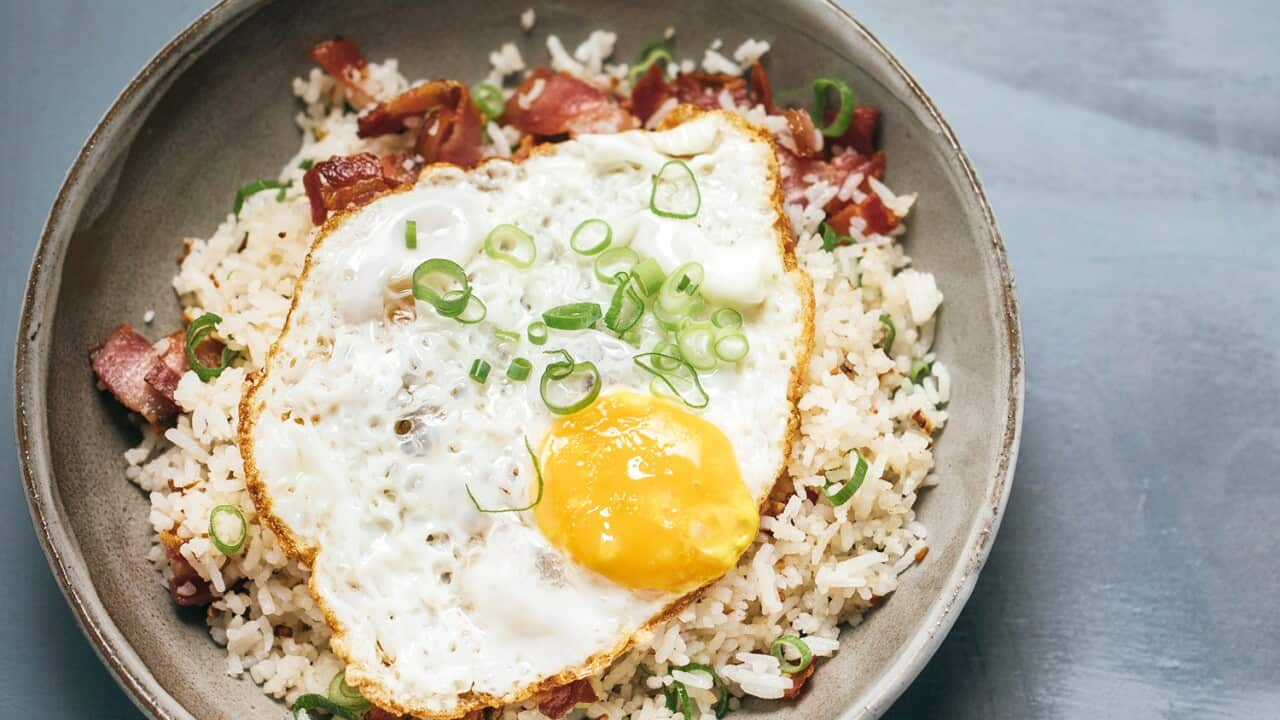--- Join Yasmin Newman as she explores a range of Filipino dishes and flavours in streaming now at ---
Filipino-Australian food writer and photographer, , has spent the past two decades travelling the world, exploring different cultures and cuisines. This passion for travel began as a child on family holidays with where her mother is from Mindoro in the Philippines.
"When you're a second-generation immigrant, you can feel very conflicted about your culture, but I think those trips to the Philippines really anchored it for us," Newman says. "We saw the Philippines as this magical place and felt sorry for everyone else who didn't have this jewel heritage to lean on."
Life in the Philippines was carefree and fun. Newman and her brother would hang out with their myriad of cousins, eating copious amounts of halo-halo, and Filipino spaghetti with hot dogs.
"Every day is a bit of a celebration in the Philippines," she says. "They look to find any reason to get together and to celebrate."
Newman's fondest memories are of family fiestas. Tables were covered with overflowing bowls of , towers of lumpiang Shanghai (Filipino spring rolls) and a showstopper .
"Food is not purely perfunctory, it's designed to bring you together and that's very much something I took from being in the Philippines," she says. "It was a moment in time to stop, to enjoy each other's company and to appreciate what you had." Whether in the Philippines or in Australia, this connection to Filipino food culture was always prominent. It was tradition for Newman's family of four to sit together every Saturday morning and enjoy lovingly filled bowls of her mother's signature garlic fried rice. They would recall memories of holidays in the Philippines and listen to stories of their mother's childhood, always eager to hear more.
Whether in the Philippines or in Australia, this connection to Filipino food culture was always prominent. It was tradition for Newman's family of four to sit together every Saturday morning and enjoy lovingly filled bowls of her mother's signature garlic fried rice. They would recall memories of holidays in the Philippines and listen to stories of their mother's childhood, always eager to hear more.

Put Filipino food, like pancit palabok, on your radar. Pancit palabok combines the quintessential flavours of the Phillipines on one plate. Source: SBS Food
Newman says, "You don't have that ability when you're young to really understand politics and histories of a country, or the cultural interplay. Food becomes that mechanism to unpack it."
We saw the Philippines as this magical place.
That was where her journey as a food writer began. "It was the medium I was looking for to explore culture and the cultural part stemmed from my childhood and the way I grew up, wanting to know more about my identity and heritage as a Filipino Australian."
When Newman set out to write her first cookbook, , people were curious about Filipino food but had no avenue to explore it. She wanted to create a resource that Australians could use to learn more while promoting everything she loved about Filipino cuisine and culture.
"My cookbooks are not recipe compilations; they're really anchored in that cultural narrative," she explains.
Newman now lives on the Central Coast in New South Wales, but she returns each year to the Philippines' Siargao Island so that her two children can understand Filipino culture and shape their own identity as third-generation immigrants.
"I very much try to continue that legacy with my children of giving them an opportunity to understand their heritage, mine and their lola's [grandma's] and that's through integrating Filipino food and Filipino traditions into our everyday routines, but also returning back to the Philippines to experience it from the source," she says.











